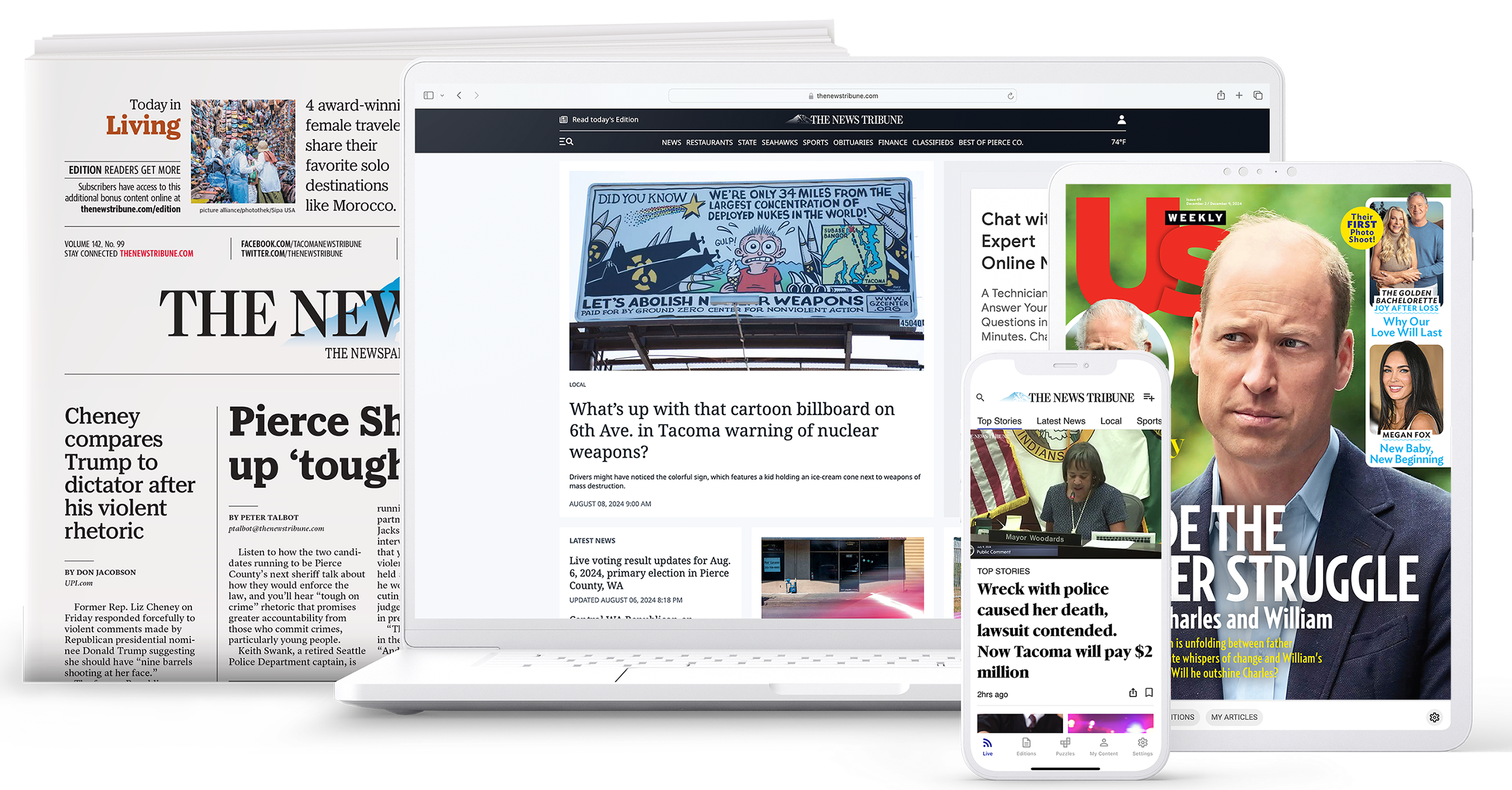The Future of Digital News Through stnews.live
Wiki Article
The Influence of Social Media Site heading We Eat News Online
Social media has essentially changed news consumption. It supplies prompt accessibility to details, typically eclipsing conventional media outlets. Nonetheless, this fast circulation features challenges. Individuals deal with the threat of experiencing misinformation and ending up being entraped in echo chambers. The algorithms driving personalized content can cover diverse point of views. As these dynamics develop, recognizing their ramifications becomes essential for educated interaction in public discussion. What methods might assist browse this complex landscape?The Advancement of News Intake in the Digital Age
As modern technology progressed, the means people consumed news changed significantly in the digital age (stnews.live). Conventional newspapers and transmitted media began to decrease as the internet arised as a primary source of details. Online platforms used instantaneous access to newspaper article, videos, and podcasts, enabling users to stay notified at any kind of time. The ease of mobile devices further increased this change, enabling users to get updates on the goIn addition, the rise of news collectors and internet sites assisted in the consumption of varied point of views, empowering customers to tailor their news intake based upon personal interests. This evolution also triggered news organizations to adapt their strategies, concentrating on electronic web content and interesting visitors with multimedia styles. Because of this, the typical barriers of time and space in news delivery lessened, causing an extra immediate and individualized news experience for target markets worldwide.
The Role of Social Network Operatings Systems in News Distribution
Social media site systems have actually transformed news circulation by giving immediate accessibility to info. Their algorithm-driven web content curation typically focuses on interaction over accuracy, causing substantial reliability difficulties (stnews.live). As customers browse this landscape, the ramifications for news usage and public discussion come to be progressively intricateImmediate News Accessibility
Although typical news outlets have long been the main resource of information, the rise of social networks systems has drastically transformed exactly how news is accessed and eaten. Instant news gain access to has ended up being a hallmark of the electronic age, enabling users to obtain updates in real time. Systems such as Twitter, Facebook, and Instagram permit news to spread rapidly, usually exceeding traditional media in rate and reach. Individuals can share stories, discuss occasions, and involve with reporters, creating a dynamic interaction in between the target market and news web content. This immediacy cultivates a culture of seriousness, triggering users to inquire rapidly. As a result, the assumption for prompt news has improved journalistic practices, engaging news companies to adjust their strategies to satisfy the demands of a hectic electronic environment.Algorithm-Driven Content
While customers actively engage with material on social media, the algorithms that govern these systems play a critical duty in identifying which news stories obtain visibility. These algorithms analyze user behavior, preferences, and engagement metrics to curate tailored news feeds. Therefore, particular tales might be intensified while others continue to be rare, commonly focusing on astonishing or trending subjects over substantive coverage. This discerning exposure shapes users' assumptions of existing events and influences public discussion. Additionally, the reliance on algorithm-driven content can create resemble chambers, where individuals are mostly revealed to perspectives that line up with their own beliefs. Consequently, the dynamics of news circulation on social media platforms substantially affect exactly how people take in and translate info in the electronic age.
Reputation Difficulties
As users increasingly transform to social media for news, the credibility of information experienced on these platforms comes to be a pressing issue. The decentralized nature of social media enables anyone to release material, frequently obscuring the lines between reliable journalism and false information. Formulas prioritize engagement over precision, resulting in the prevalent dissemination of thrilling or misleading tales. This setting poses significant challenges for individuals trying to discern credible resources. Social network systems, while striving to deal with misinformation through fact-checking and material small amounts, run the gauntlet for incongruities and biases in their techniques. Ultimately, the obligation exists with users to critically review the news they consume, as the rapid spread of info frequently outmatches confirmation initiatives by systems.The Rise of Resident Journalism and User-Generated Content
The increase of person journalism has equipped day-to-day people to share news and perspectives, commonly offering insights that traditional media may neglect. However, this change likewise offers substantial challenges, especially the spread of misinformation that can emerge from unproven web content. As user-generated web content comes to be extra widespread, the equilibrium between authentic voices and accuracy in coverage continues to be a vital concern.Encouraging Everyday Voices

Challenges of False information
While the rise of resident journalism has actually opened avenues for varied voices in the media landscape, it has additionally presented considerable obstacles connected to false information. The ease of sharing info via social networks systems allows individuals to distribute news swiftly, however this fast spread typically comes at the cost of accuracy. User-generated material frequently does not have the strenuous fact-checking and content oversight that traditional journalism supplies. Sensationalized or incorrect narratives can gain traction, misinforming audiences and forming public perception. The blending of opinion and fact within social media complicates the difference in between trustworthy info and misinformation. Consequently, customers should navigate an increasingly complicated media atmosphere, needing important believing skills to discern dependable news sources among the noise
Misinformation and Its Implications for Public Discussion
As social networks platforms progressively control the special info landscape of info dissemination, the proliferation of false information positions significant difficulties for public discussion. False information, typically developed to deceive or provoke psychological actions, can distort understandings of reality and undermine count on reliable resources. This phenomenon leads to polarized perspectives, as people are attracted towards resemble chambers that enhance their beliefs, even more setting divisions within society.The ramifications for public discourse are extensive. When citizens rely upon incorrect information, purposeful dialogue reduces, and the autonomous process experiences. Furthermore, misinformation can provoke fear and complication, impacting public health and wellness, safety and security, and political security. Because of this, cultivating media proficiency becomes necessary, encouraging individuals to critically examine details and recognize truth from fiction. Addressing the challenges posed by misinformation is vital for maintaining the honesty of public discussion and making certain an educated people efficient in participating in positive discussions.
The Impact of Formulas on News Visibility
Given the main function of algorithms in determining material presence, their influence on news consumption is extensive. These algorithms, made use of by social media sites systems, focus on specific sorts of content based upon customer engagement and preferences. Because of this, news short articles that align with preferred fads or target market rate of interests are more probable to be shown prominently, while less marvelous tales might be forgotten. This creates a setting where customers are subjected primarily to info that enhances their point of views, possibly bring about resemble chambers.Additionally, the constant evolution of algorithms implies that wire service need to adapt their techniques to align with these transforming specifications, frequently focusing on clickbait or see it here emotionally billed headings. The stability of news coverage can be compromised, as important tales may not get the presence they are worthy of. The mathematical shaping of news visibility as a result plays an important function in affecting public perception and understanding of present occasions.
The Change Toward Visual Narration in News Media
Increasingly, news media is welcoming visual storytelling as an effective tool to engage target markets. This strategy leverages images, videos, infographics, and interactive components to share information much more efficiently than conventional text-based styles. As interest spans shorten, visuals offer a quick, impactful way to communicate complex tales and order customers' passion.Platforms like Instagram and TikTok have further increased this fad, engaging news companies to adapt their content techniques to fit these visually-driven settings. By including engaging visuals, news electrical outlets can boost psychological links and foster better understanding of topical issues.
Additionally, visual narration enables more diverse stories, showcasing multiple point of views via dynamic presentations. As target markets increasingly consume news through mobile tools, the shift towards visuals not just deals with individual choices however also assists to break down obstacles to info access. Ultimately, this development reflects a more comprehensive makeover in just how news is created and consumed in the electronic age.
Future Patterns: Navigating the Changing Landscape of News Usage
While the digital landscape continues to evolve, news intake is positioned for substantial makeover driven by emerging modern technologies and altering target market habits. As synthetic knowledge and device understanding advancement, individualized news feeds will come to be more prevalent, permitting users to receive content customized to their interests. This personalization can result in greater interaction but additionally raise worries about echo chambers and false information.In addition, the increase of voice-activated devices and clever speakers will affect just how news is delivered, shifting the emphasis from visual to auditory styles. This fad may urge wire service to adopt more succinct and interesting audio web content.

Regularly Asked Inquiries
Just How Do Social Media Site Communications Affect News Integrity?
Social network interactions can significantly affect assumptions of news trustworthiness. Interaction metrics, such as sort and shares, usually form audience depend on, with prominent messages gaining regarded authenticity, regardless of the precision or integrity of the info presented.What Duty Do Influencers Play in Shaping News Narratives?
Influencers considerably shape news stories by leveraging their systems to enhance certain stories, usually customizing content to their target market. This can result in prejudiced perspectives, influencing public assumption and prioritizing sensationalism over valid reporting.Just How Can Users Identify Reliable News Sources on Social Media?
Individuals can identify reputable news sources on social media sites by inspecting the resource's integrity, verifying truths via several electrical outlets, reviewing the expertise of the content, and acknowledging possible biases in reporting to ensure exact information.What Impact Does Social Media Carry Typical Journalism Jobs?
Social media considerably influences traditional journalism tasks by altering income models, minimizing need for print media, and fostering competition from resident reporters. Consequently, numerous experts face task instability and have to adapt to rapidly altering media landscapes.Just How Do Different Demographics Consume News on Social Media?
Various demographics exhibit diverse preferences for news consumption on social media sites. Younger target markets favor platforms like TikTok and Instagram for fast updates, while older people often tend to like Facebook and Twitter for a lot more thorough conversations and short articles.Report this wiki page